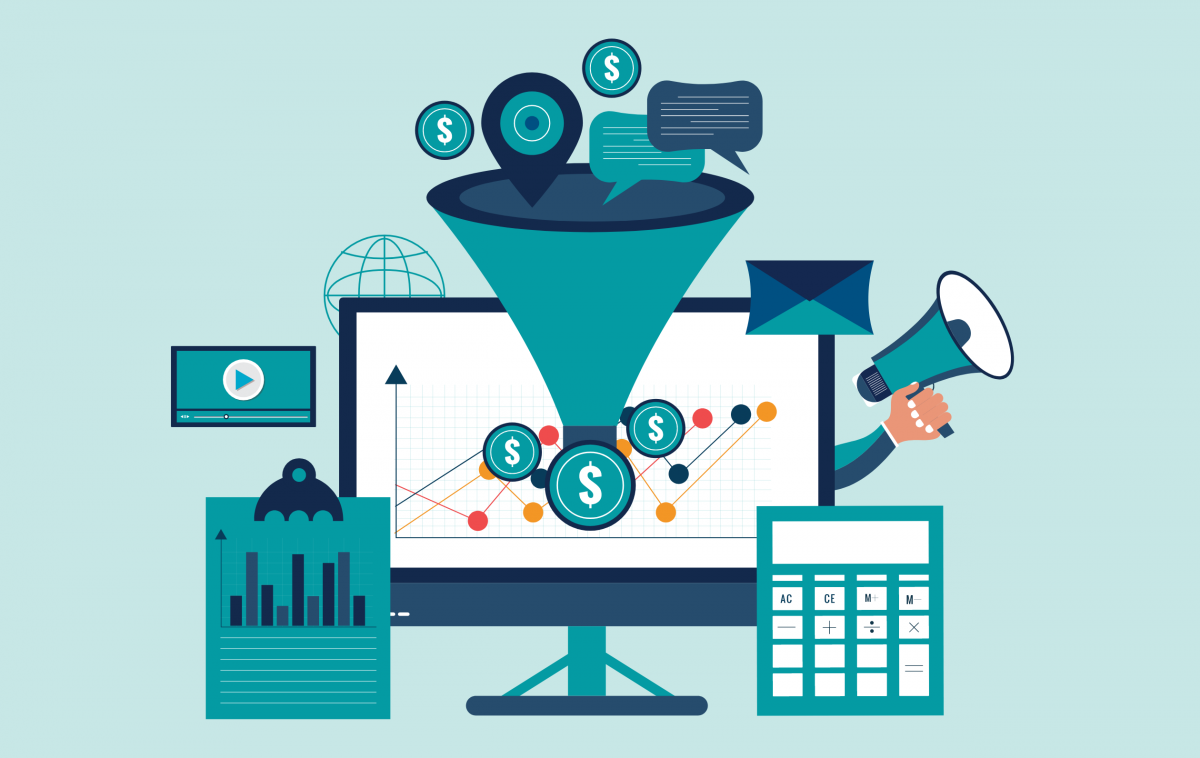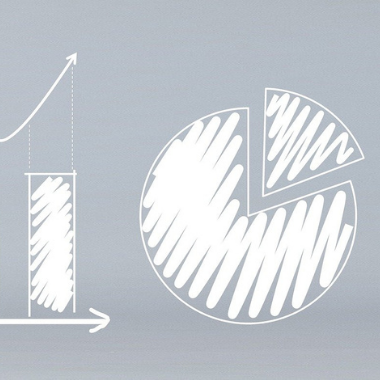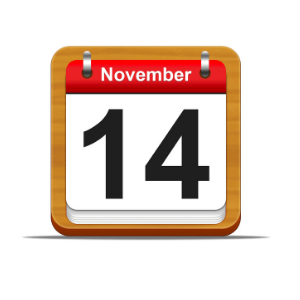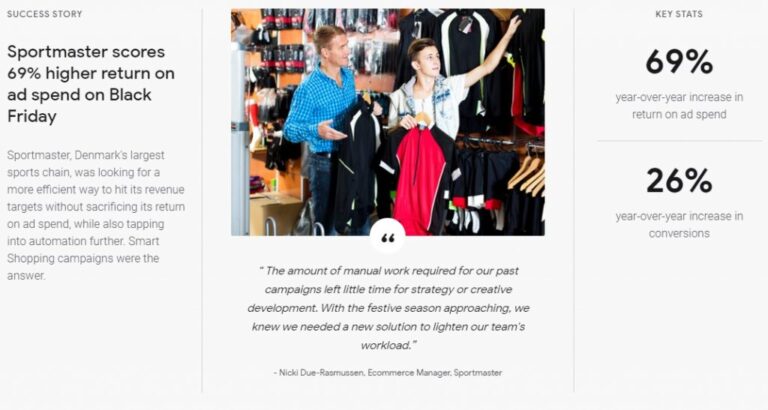
- Posted on
- • October 6, 2020
- Advanced Ecommerce

Here at Miva, we might be a little bit obsessed with helping merchants get more sales through their websites. A big part of how we do this is with conversion rate optimization.
Conversion rate optimization (CRO) is the process of increasing the percentage of website visitors that convert on your website. CRO involves enhancing your website content and functionality to get more users to take specific actions on your site. Through increasing ecommerce conversion rates, CRO helps you to increase customers, qualified leads, and brand advocates on your site, leading to higher revenue, lower costs, and more profitable growth.
So what are the best ways for your business to increase conversions on your ecommerce website? We asked two Miva team members with years of hands-on experience with real ecommerce sites to weigh in on the best practices for CRO.
Improving Customer Experience at Every Stage of the Funnel – Benjamin Arp, Enterprise Account Executive
Benjamin Arp, an Enterprise Account Executive with Miva, has advised countless online sellers on how to stay abreast of emerging ecommerce trends, adapt their sites in response to observed user behavior, and improve every step of their customers’ path to purchase.
Top of Funnel
“If you’re leveraging paid ads to bring traffic to your site,” Benjamin says, “make sure to match your ad copy to the page you’re sending. Don’t send an ad that says ‘men’s snow boots on sale’ to a generic page with a variety of shoe types. It’s important for the user’s search intent to align with the content on your website to help you increase conversions.”
Benjamin Arp talks about how online sellers convince shoppers to spend more on their websites.
Mid-Funnel
“Make sure that the customer has everything they need to make a purchase easily accessible. Pictures, videos, reviews, Q&A, product specifications, and shipping and return policies are a few things you can add to build customer trust, boost your credibility, and remove some of the friction from the buying process.”
Bottom of Funnel
“For visitors who are in the bottom of the funnel, make sure your checkout process is fast, convenient, and safe. The best practice is to provide multiple payment methods and alternate third-party checkout options like PayPal and Apple Pay for new customers that aren’t yet familiar with your brand. Also, consider a special offer like free shipping. This combination of convenience, flexibility, and special offer during checkout helps provide a clear path to conversion while incentivizing users to act on your website.”
For more insights on leveraging shipping as a conversion tool check out ShipStation’s research report.
Auditing Your Site For Convertibility – Morgan Irons, UX Strategist and Senior Project Manager
Morgan Irons, Miva’s UX Strategist and Senior Project Manager, has worked closely with both technical and design teams to provide practical solutions for merchants and help them optimize their site to increase ecommerce conversion rates. Since conversions can happen anywhere on your site, Morgan takes a close look at a few crucial areas: first impressions, path to purchase, and information architecture. Here’s what she recommends:
Make a Good First Impression
“When a user is landing on or interacting with your site,” Morgan says, “you want to set proper expectations and you want to guide them toward their purchase as quickly and efficiently as possible. When a potential customer finds themselves on an error page, the chances of them converting—or even staying on your site—are significantly reduced. To quickly identify error pages, I like to use the Screaming Frog tool to quickly find potential dead-ends in the path to purchase.”
Morgan recommends checking for the following with the help of your Screaming Frog reports:
- Blocked by Robots: Make sure directives such as ‘noindex’ or ‘no follow’ aren’t present on pages you want search engines to crawl.
- Client Errors (4xx) and Server Errors (5xx): If your report is showing any 404 and/or a 500-error response code (broken links) on your site, you’ll want to immediately fix these.
- Meta Titles and Meta Descriptions: Meta Titles and Meta Descriptions help draw visitors to a website from the Search Engine Results Page (SERP). Make sure you have unique meta titles and meta descriptions for each indexed page on your site to help potential users get a brief description of what they will find once they click into your pages. MOZ SEO recommends keeping Meta Titles under 60 characters and Meta Descriptions between 50-160 characters. The Screaming Frog Missing and Duplicate Page Title/Meta Description reports can help you quickly identify any missing metadata.
- Images: You’ll want to make sure your site isn’t loading images that exceed 100kb, as these can significantly slow page load speeds.

Create a Distraction-Free Path to Purchase
Main Navigation
Morgan recommends keeping your main navigation around 5-7 items at a maximum. The user’s eye is typically drawn to the first and last items in the main navigation, so make sure your key pages are in these spots. Additionally, I would recommend to not require that your customers perform more than three clicks on your site to reach any given page. The faster it is for shoppers to find what they’re looking for, the less likely they are to bounce out of your site.
Category Structure
Build a hierarchical category structure to help your users find the product(s) they’re looking for. Every category should lead to a wide product list, not just a single product.
Facets and Filters
Ecommerce websites with large product catalogs use faceted navigation to help users filter down to their desired set of results. Facet navigation is usually found on the left side of category page with product listing. When selecting which filters to implement, think about the things your prospective customers will be searching for e.g. brand, color, size, price, dimensions, etc.
Product Specifications
“For every ecommerce site I look at,” Morgan says, “I try to add a specifications section on the product page. Not all users are in the “Purchase” phase of the buyer journey—having a specification section helps them make an informed purchase decision. A specification section provides information about the product and helps set expectations, which could alleviate potential returns or customer support calls. Specifications for a bottle of wine, for example, could be varietal, origin, or tasting notes, while specifications for a headlight may include year/make/model fitment, bulb fitment, warranty, etc.”
“As a UX Strategist, I can tell you with confidence that having a strong information architecture is key to success as an online merchant. If your information is inaccurate, disorganized, buried, impossible to find or written in inaccessible jargon, customers will feel confused and underappreciated. If your information is clear and easy to understand, your customers will be happy.”
Get the Most Out of Your Site Traffic
A high conversion rate means your website is well-designed, effectively formatted, and appealing to your visitors. Conversion rate optimization helps you get more customers form the same amount of traffic, lowering your costs and increasing your overall profit.
Now that you learned some of the tools for increasing conversions, use our website assessment tool to check how well your site is currently doing at turning visits into sales.






